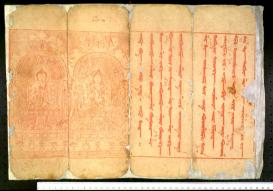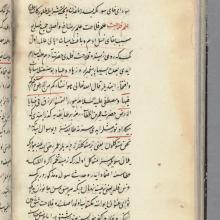This research project systematically investigates over 1500 thirteenth- to fourteenth-century Old Uyghur prints and closely compares them in terms of their content and formal, technical, and functional aspects with Chinese, Mongolian, Tangut, and Tibetan prints from the same period. Unique in the study of printing culture, this extensive group of texts is considered the oldest example of printing technique in an alphabetical script from the Silk Road. This project is to make a fundamental contribution to the understanding of the history of Old Uyghur printing and cultural exchange on the Northern Silk Road.
This corpus of Old Uyghur prints comprises 1535 prints currently preserved in the Berlin Turfan Collection, the Otani Collection in Kyoto, the Pelliot Collection in Paris, and the Serindia Collection in St. Petersburg. In addition, 1114 wooden letters from Dunhuang are considered, 960 in the Musée Guimet in Paris and 54 in the Dunhuang Academy (China). The prints and letters are part of the monumental discoveries made during several German, Japanese, French, and Russian expeditions along the Northern Silk Road in the first half of the twentieth century.
The results of this project will be presented in a monograph on the prints and the printing culture of the Old Uyghurs on the Northern Silk Road.


